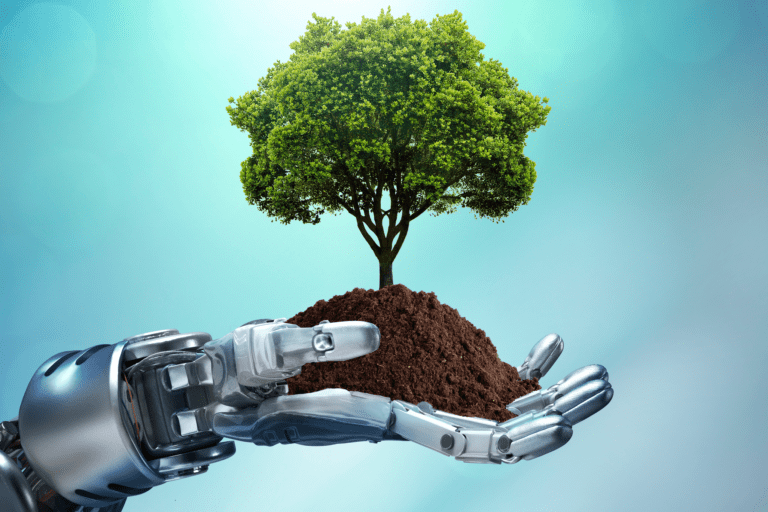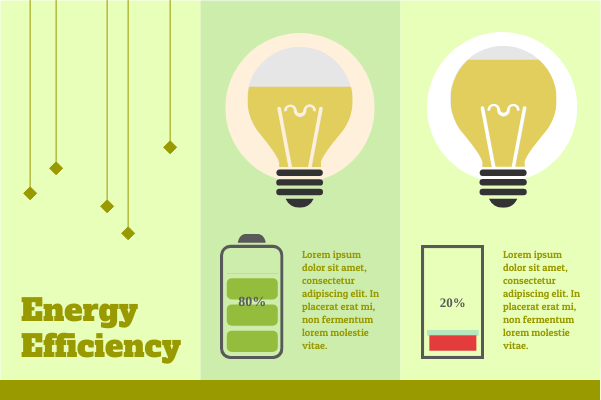- In today's digital age, where the internet plays a central role in our daily lives, the environmental impact of web design is often overlooked. From data centers powering websites to the devices we use to access them, the internet has a significant carbon footprint. However, there's a growing awareness within the web design community about the importance of adopting eco-friendly practices to minimize this impact and create a greener web.
The Environmental Impact of Web Design
- The internet may seem intangible, but its infrastructure requires tangible resources. Data centers, which store and process the vast amount of data that make up the internet, consume enormous amounts of energy. Additionally, the production and disposal of electronic devices, such as smartphones and computers, contribute to electronic waste (e-waste) that pollutes the environment.

Sustainable Web Design Practices
Optimized Performance
- One of the most effective ways to reduce the environmental impact of a website is by optimizing its performance. This includes minimizing HTTP requests, leveraging browser caching, and optimizing images and code. By reducing the amount of data that needs to be transferred between servers and devices, web designers can decrease the energy required to load and display a webpage.

Efficient Hosting
- Choosing a web hosting provider that prioritizes renewable energy sources can significantly reduce the carbon footprint of a website. Many hosting companies now offer green hosting options powered by renewable energy sources such as wind or solar power. Additionally, consolidating multiple websites onto a single server through virtualization can improve energy efficiency by maximizing resource utilization.

Minimalist Design
- Embracing minimalist design principles not only enhances user experience but also reduces the environmental impact of a website. By eliminating unnecessary elements and focusing on essential content, web designers can create lighter, faster-loading webpages that consume less energy to render. This approach also extends to the use of white space, typography, and color schemes, which can be optimized for readability and visual appeal while minimizing resource consumption.

Energy-Efficient Technologies
- Implementing energy-efficient technologies, such as server-side caching, content delivery networks (CDNs), and efficient coding practices, can further reduce the energy consumption of a website. Server-side caching reduces the need for redundant database queries, while CDNs distribute content across multiple servers to minimize latency and improve performance. Similarly, efficient coding practices, such as using CSS sprites and minifying JavaScript, can reduce the size and complexity of web pages, resulting in lower energy consumption.

Renewable Energy Certificates
- For websites that are unable to directly control their hosting infrastructure, purchasing renewable energy certificates (RECs) can be a viable option to offset their carbon footprint. RECs represent the environmental attributes of renewable energy sources and can help fund the development of new renewable energy projects. By purchasing RECs equivalent to their energy consumption, websites can support the transition to a greener energy grid.

Conclusion
- In conclusion, eco-friendly web design is not only essential for reducing the environmental impact of the internet but also for creating a more sustainable digital ecosystem. By adopting sustainable practices such as optimizing performance, choosing efficient hosting options, embracing minimalist design principles, implementing energy-efficient technologies, and supporting renewable energy initiatives, web designers can play a crucial role in building a greener web. As stewards of the digital landscape, it's our responsibility to design websites that not only serve their intended purpose but also minimize their environmental footprint for the benefit of future generations. Let's work together to create a more sustainable and eco-friendly web for all.



